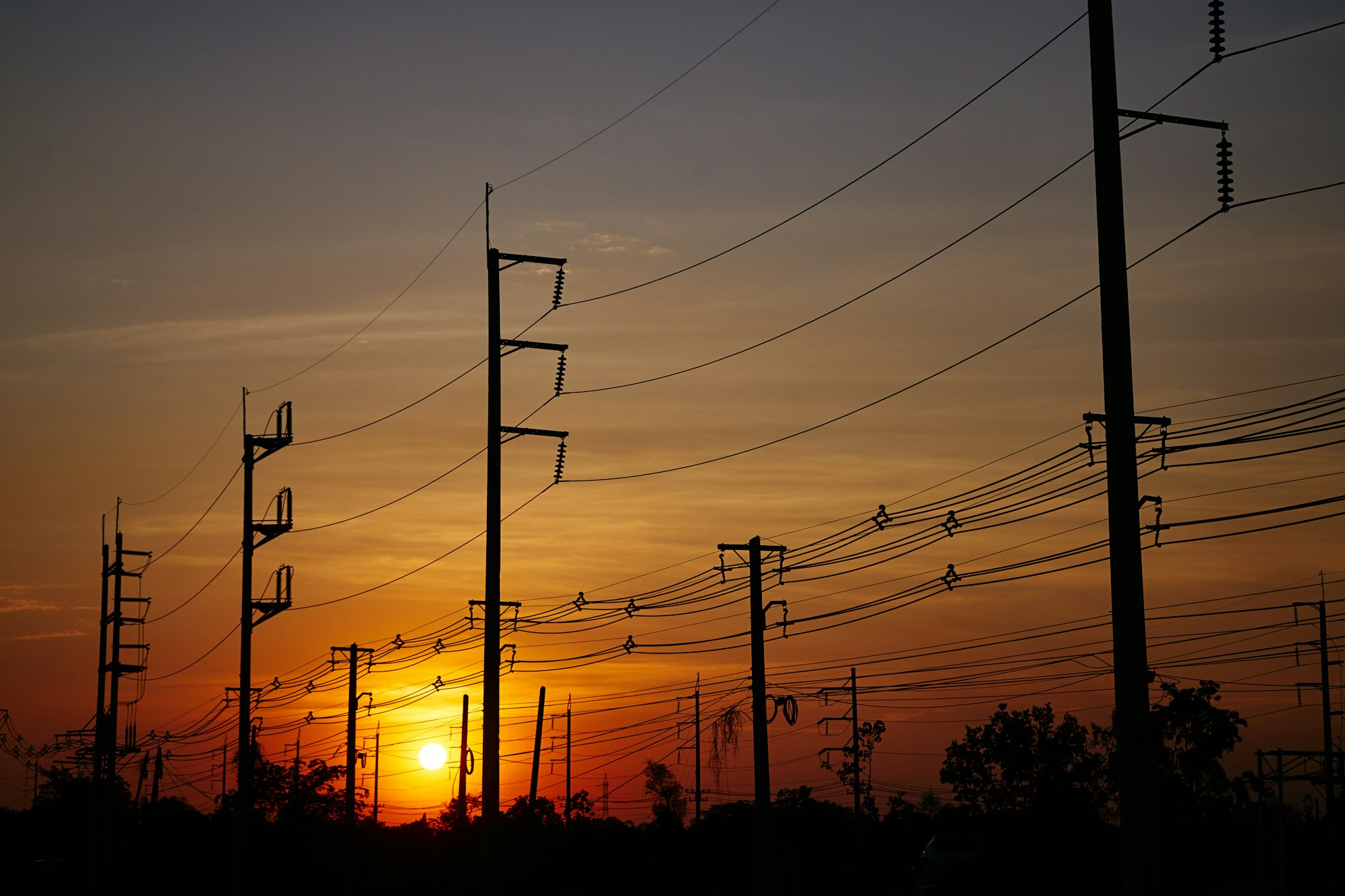Generative AI, like the AI that creates texts or images, is changing how much energy we use worldwide, bringing both problems and possibilities for our power systems. As these AI tools become a regular part of our digital lives, they need a lot of power, putting extra strain on our electric grids.

Rising Energy Needs
Generative AI tools—think of chatbots or complex data analysis programs—need a lot of computing power, which means they use a lot of electricity. One of the main reasons for this growing energy need is the expansion of data centers. These facilities keep the servers running for AI functions. For example, in areas like Northern Virginia, there are so many data centers that the local power companies had to stop connecting new ones because there’s just too much demand for power.
Predictions say that the electricity used by AI could increase by 70% each year until 2027, mostly because of more data centers. This huge need for power is a challenge for our current grids, which will need big upgrades to handle the increase without problems or causing more pollution.
Environmental and Economic Effects
The environmental impact of this high energy use is significant, especially because many data centers still use fossil fuels. This increases the carbon emissions of digital technologies, which is a step back from global efforts to reduce carbon footprints. But, this situation also brings opportunities for new developments. The need for better and sustainable energy solutions is pushing forward innovations in renewable energy and smarter grid systems, which could lead to a stronger, greener energy infrastructure.
In short, the way generative AI and energy use are linked is complex and constantly changing. Although AI brings big challenges for our energy grids, it also creates chances to improve how we use and save energy.

FAQs About Generative AI and Its Impact on Energy Consumption
- What exactly is generative AI, and why does it use so much energy?
Generative AI refers to artificial intelligence technologies that can generate content, such as text, images, or data outputs, based on training from large datasets. These technologies require significant computational power, primarily because they process and generate vast amounts of data in real time, which is energy-intensive. The high energy consumption is mainly due to the operation of data centers that house the servers needed for these computations. - How are data centers linked to the increased energy demand from AI?
Data centers are facilities that store and manage the servers and hardware necessary for hosting websites, storing data, and running applications, including generative AI functions. As the use of AI grows, so does the need for more powerful and numerous data centers. These facilities consume large amounts of electricity to power and cool their servers, driving up overall energy demand significantly. - What can be done to mitigate the environmental impact of AI’s energy use?
To reduce the environmental impact of AI’s energy consumption, efforts can be focused on several areas:
- Improving Energy Efficiency: Developing more energy-efficient computing technologies and optimizing software to reduce power usage.
- Expanding Renewable Energy: Increasing the use of renewable energy sources to power data centers, thereby reducing reliance on fossil fuels.
- Enhancing Grid Management: Innovating in smart grid technologies that can better manage load and integrate distributed energy resources like wind and solar power, making the overall energy system more resilient and sustainable.
Sources CNBC


